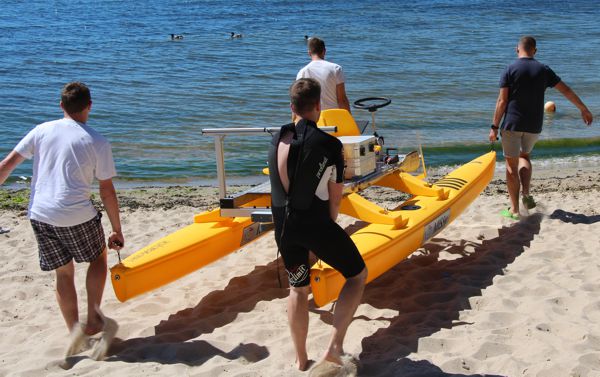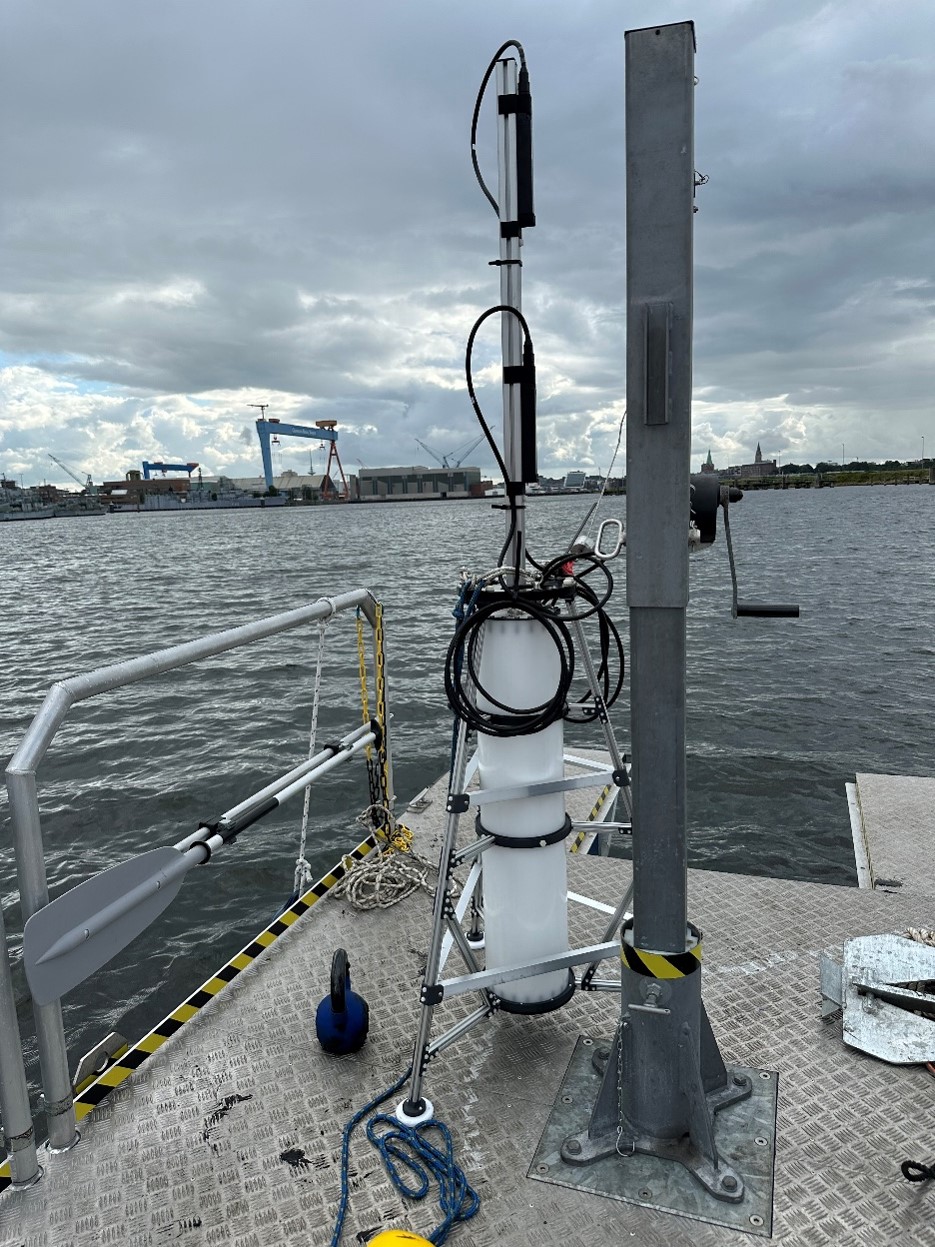Underwater Magnetic Signal Processing
 |
||
| Contents: | ||
 Magnetic anomalies caused by metallic objects are typically very weak, making them difficult to detect. One might ask why active sonar is not used exclusively. Although metals differ in density from marine life or seabed sediments — in principle allowing acoustic distinction — practical detection remains challenging. Magnetic sensing therefore provides a valuable complementary approach.
Magnetic anomalies caused by metallic objects are typically very weak, making them difficult to detect. One might ask why active sonar is not used exclusively. Although metals differ in density from marine life or seabed sediments — in principle allowing acoustic distinction — practical detection remains challenging. Magnetic sensing therefore provides a valuable complementary approach.
Physical Principles
The magnetic properties of metallic objects depend on their material hysteresis, magnetization, and orientation relative to the Earth’s magnetic field. By precisely measuring local distortions of the geomagnetic field, it becomes possible to infer the presence of such objects. Another application involves monitoring of critical maritime chokepoints, such as harbor entrances or sluices. By combining an active coil (transmitter) with a magnetic sensor (receiver), low-profile and difficult-to-detect surveillance can be achieved through the analysis of magnetic field interactions. Furthermore, we investigate magnetic signatures in the wake of vessels. Simulations suggest that these signatures can persist in the water over extended periods, potentially enabling passive ship tracking. Since these signals typically lie in the pT to fT range, their measurement poses significant technical challenges. While state-of-the-art magnetometers provide the required sensitivity, ambient magnetic noise and environmental disturbances make robust signal extraction particularly demanding.Technical Approaches
To address the challenge of detecting such weak signals, our research focuses on advanced signal processing and sensor configurations. Several complementary approaches are investigated:- Differential sensor arrays: Using multiple magnetometers allows for suppression of common-mode noise and enhances local anomaly signals.
- Adaptive filtering and correlation methods: Targeted digital processing reduces broadband noise and amplifies characteristic signal components
- Spectral and spatial analysis: By exploiting frequency- and direction-dependent properties, signals can be distinguished from background fields.
- Passive and active sensing concepts: Depending on the scenario, detection can be purely passive or supported by active magnetic field sources (e.g., coils).
- Environmental field modeling: Characterizing and modeling local magnetic disturbances enables more accurate identification of anomalies.
Outlook
The combination of high-sensitivity magnetic field sensors and advanced signal processing offers promising opportunities for quiet and robust detection of metallic objects in the maritime environment. These methods have potential applications ranging from the detection of unexploded ordnance and covert monitoring of maritime chokepoints to passive vessel tracking based on magnetic wake signatures.

 On behalf of the members of the Chair of Digital Signal Processing and System Theory, we would like to take this opportunity to wish you all a very Merry Christmas and a peaceful, restful winter break. We hope that this festive season brings you joy, relaxation, and cherished moments with your loved ones.
On behalf of the members of the Chair of Digital Signal Processing and System Theory, we would like to take this opportunity to wish you all a very Merry Christmas and a peaceful, restful winter break. We hope that this festive season brings you joy, relaxation, and cherished moments with your loved ones.